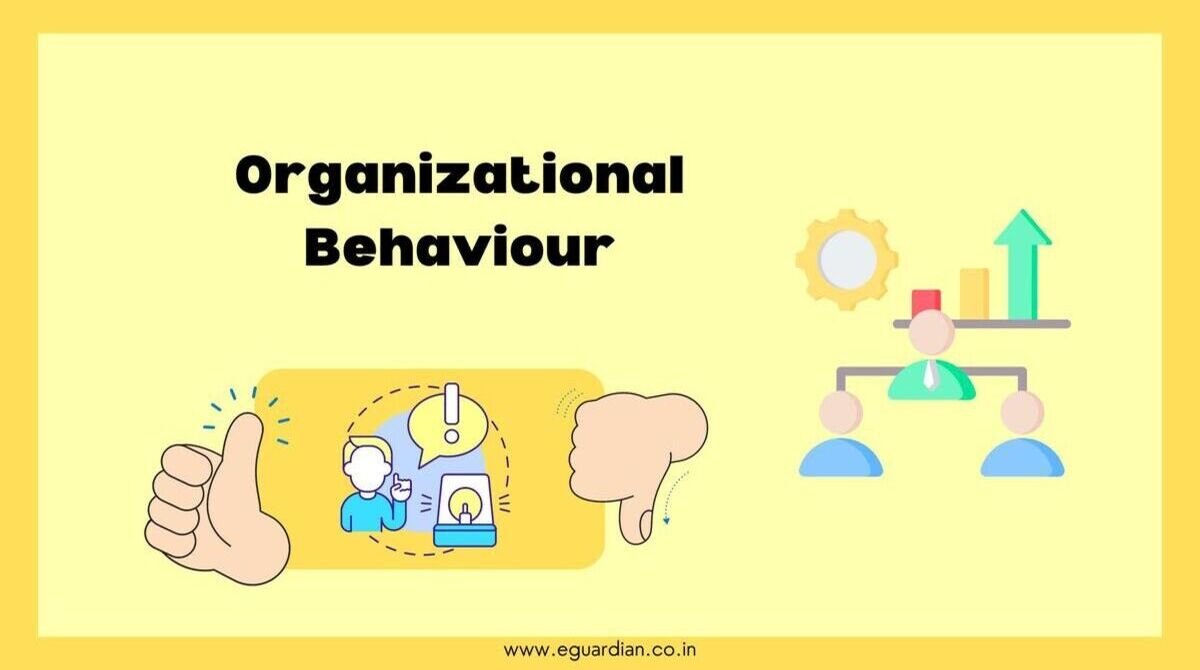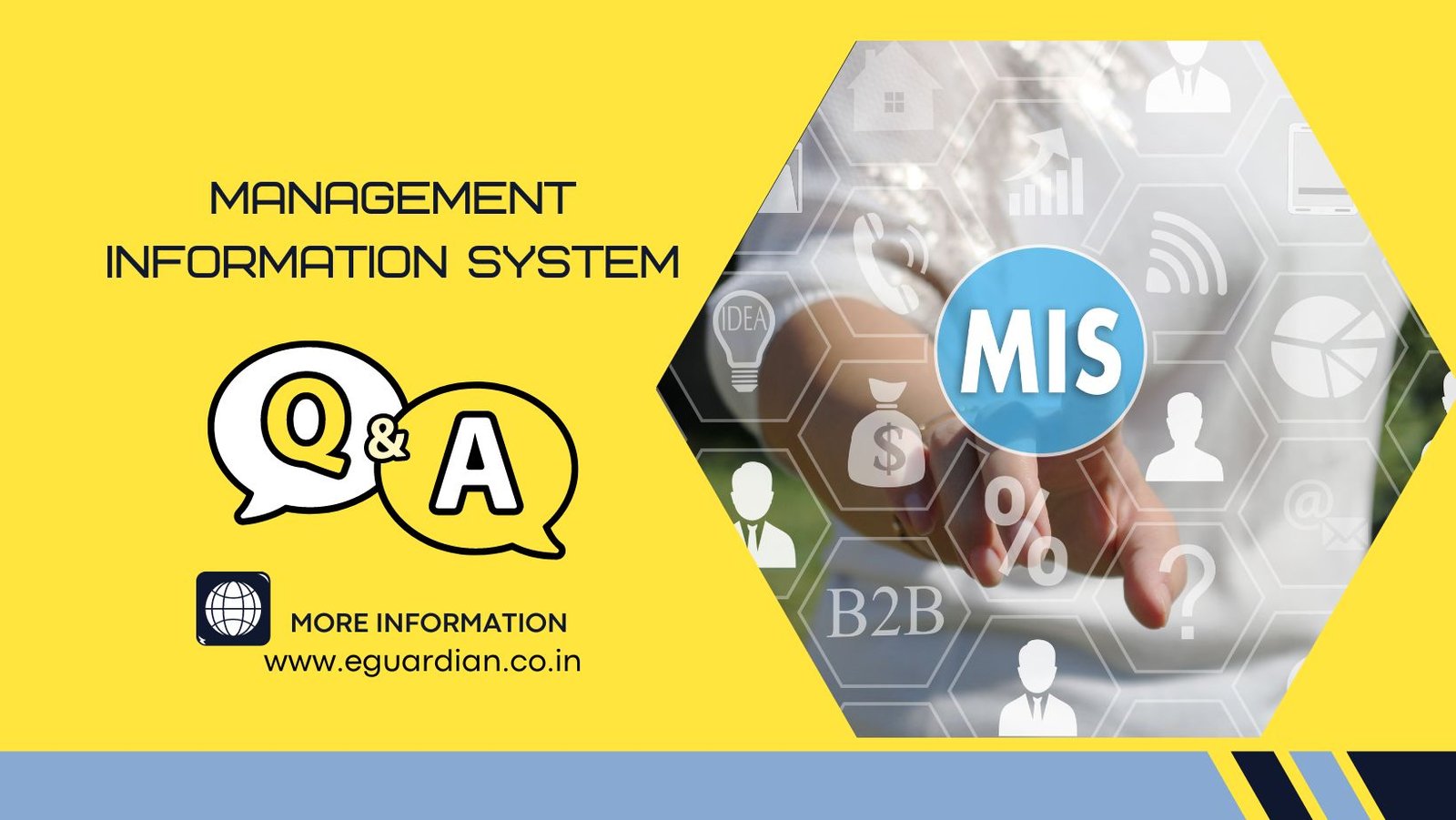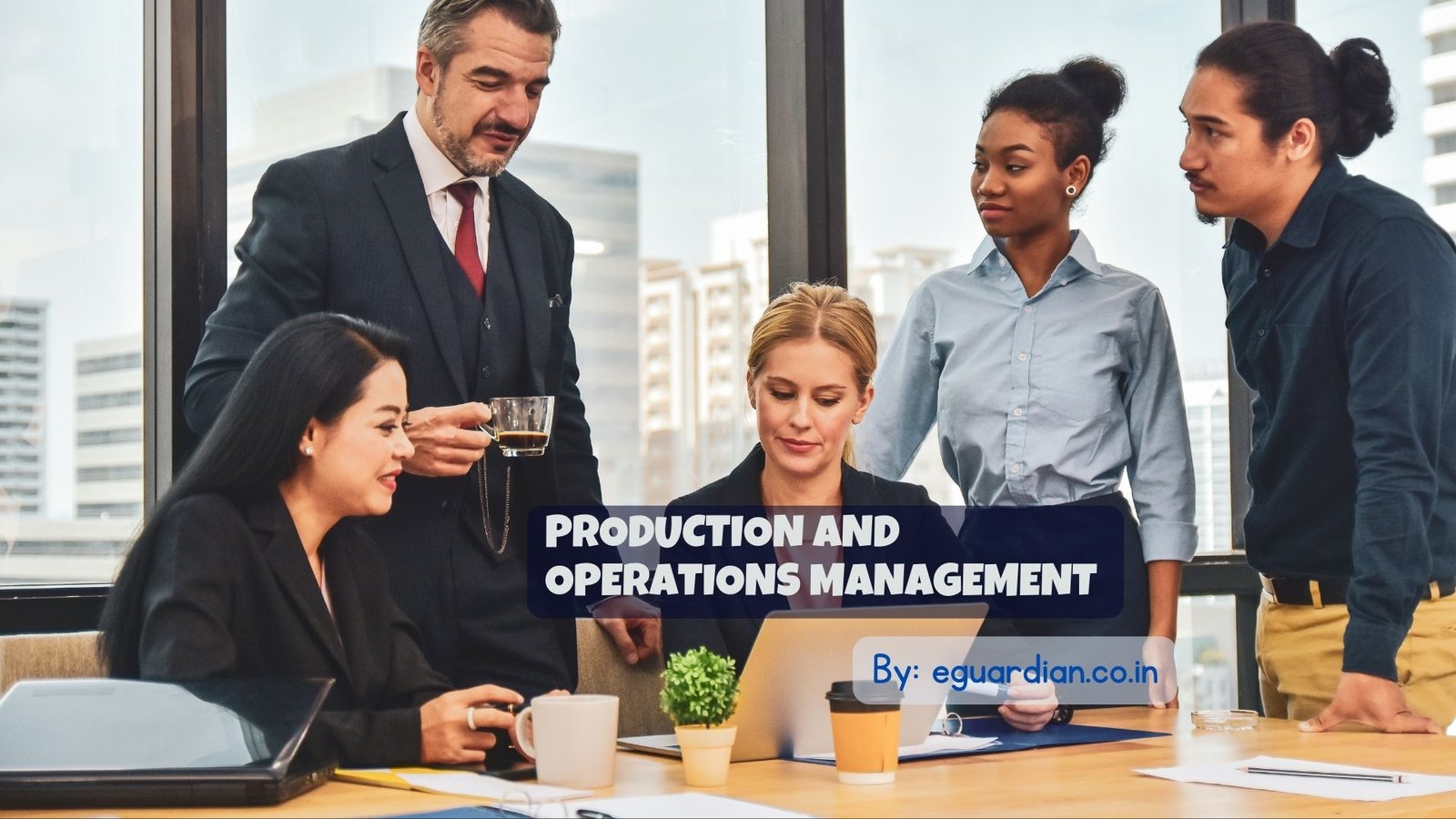Organizational behavior mcqs questions and answers pdf, MCQ on Organizational Behaviour with Answers pdf | OB Multiple Choice Questions with Answers for skill tests or aptitude tests. These MCQs are helpful for students of many streams such as BBA, MBA, M.Com, B.Com, etc.
If you are looking for MCQs on Organizational Behaviour with Answers, then this article is the perfect resource for you. In this article, you will find a collection of multiple-choice questions related to key topics in Organizational Behaviour.
MCQ on Organizational Behaviour with Answers
1. Which of the following consists of planning and decision-making?
(a) Organizing communication
(b) Directing traditional management
(c) Planning human resource management
(d) Controlling networking
Answer: (b)
2. ___ entails supervising, disciplining, evaluating, and managing the change of the four managerial resources.
(a) Controlling
(b) Organizing
(c) Planning
(d) Directing
Answer: (a)
3. Fredrick Taylor stressed on ___
(a) Selecting the right people for the job
(b) Division of labor
(c) Unity of command
(d) Unity of direction
Answer: (a)
4. Organizations create ___ to standardize employee behavior
(a) Terms
(b) Informal practices
(c) Values
(d) Formal regulations
Answer: (d)
5. T-group is also referred to as ___.
(a) Team training
(b) Sensitivity training
(c) Survey feedback
(d) QWL
Answer: (b)
6. ___ creates both barriers and opportunities for workgroup interaction
(a) Performance evaluation
(b) Formal regulations
(c) Authority
(d) Physical work setting
Answer: (b)
7. Attributes that have a positive connotation in our culture tend to be positively related to group productivity. They include
(a) Authoritarianism
(b) Dominance
(c) Sociability
(d) Unconventionality
Answer: (c)
8. Fayol suggested that organizations can be subdivided into ___ main areas of activity?
(a) 12
(b) 14
(c) 4
(d) 6
Answer: (d)
Q9. It refers to intentional behaviors that are designed to enhance or protect a person’s influence and self-interest.
(a) Organizational politics
(b) Organizational culture
(c) Assertive behavior
(d) Both ‘a’ and ‘c’
Answer: (a)
10. The extent to which a manager can use extrinsic and intrinsic rewards to control other people is called:
(a) Influence
(b) Reward power
(c) Coercive power
(d) Legitimate power
Answer: (b)
11. Gardner developed the theory of ___.
(a) Learning
(b) Memory
(c) Multiple intelligence
(d) Dreams
Answer: (c)
12. ___is associated with a participative management background.
(a) Lewin
(b) Likert
(c) Eric
(d) Leavitt
Answer: (b)
13. The ability to control another’s behavior because the individual wants to identify with the power source is:
(a) Referent power
(b) Expert power
(c) Influence
(d) Reward power
Answer: (a)
14. An informal group that attempts to influence people outside the group by pooling the resources and power of its members is known as
(a) A coalition
(b) An upward appeal
(c) An ingratiation group
(d) An impression management group
Answer: (a)
15. Who conducted the learning experiment on dogs- “To teach dogs to salivate in response to the ringing of the bell?”
(a) Skinner
(b) Pavlov
(c) Bandore
(d) Sheldon
Answer: (b)
16. A neutral third party who facilitates a negotiated solution by using reasoning, persuasion, and suggestions for alternatives is called a/an:
(a) Advisor
(b) Mediator
(c) Negotiator
(d) Conciliator
Answer: (b)
17. When one party is willing to be self-sacrificing in order that the relationship can be maintained, which conflict-handling intention will be used?
(a) Avoiding
(b) Compromising
(c) Problem solving
(d) Yielding
Answer: (d)
18. Eustress is considered as ___
(a) Good
(b) Bad
(c) Harmful
(d) Fatal
Answer: (a)
19. Change may bring some potential ___to the organizational power to some people.
(a) Barriers
(b) Opportunity
(c) Threat
(d) Benefit
Answer: (c)
20. The responses to the change depend upon the employee’s ___ about the change.
(a) Attitude
(b) Experience
(c) Perception
(d) Motivation
Answer: (c)
21. Classical condition is a form of ___ learning process
(a) Manipulation
(b) Memory bored
(c) Dissociative
(d) Associative
Answer: (d)
22. The term used for the workers who entered the workforce from the early 1940s through the early- 19060‟s
(a) Baby boomers
(b) Capitalists
(c) Veterans
(d) Laborers
Answer: (c)
23. According to ___ theory brain produces the emotion and corresponding physiological behaviors at the same time
(a) James-Lange Theory
(b) Lazarus‟ appraisal Theory
(c) Cannon-Bard Theory
(d) Schechter-singer Theory
Answer: (c)
24. ___ influence the behavior of a person in the early stages of life.
(a) Situation
(b) Family
(c) Environment
(d) Heredity
Answer: (b)
25. ___ propounded the cognitive dissonance theory.
(a) Blake
(b) Festinger
(c) Trompenaars
(d) Turner
Answer: (b)
26. Bodily involvement is the basis for the inclusion of basic emotions. Fear, grief, love, rage. Who is associated with this finding?
(a) Gray
(b) Izard
(c) James
(d) Watson
Answer: (c)
27. Which is not one of the big five personality traits?
(a) Agreeableness
(b) Negative affectivity
(c) Introversion
(d) Openness to experience
Answer: (c)
28. When we judge someone on the basis of our perception of the group to which he or she belongs, we are using the shortcut called:
(a) Stereotyping
(b) Contrasting
(c) Categorizing
(d) Projecting
Answer: (a)
29. ___ is a cognitive process that enables us to interpret and understand our surroundings.
(a) Cognition
(b) Perception
(c) Schema
(d) Semantic memory
Answer: (b)
30. Motivational concepts that focus on the perceived internal needs and outcomes of individuals are referred to as:
(a) Process theories
(b) Motivational theories
(c) Content theories
(d) Internal theories
Answer: (c)
31. Decision making occurs as a reaction to a
(a) Argument
(b) Problem
(c) Perception
(d) Expectation
Answer: (b)
32. Food, drink, sleep, oxygen, and an acceptable temperature are all examples of:
(a) Physiologic needs
(b) Safely needs
(c) Competence needs
(d) Social needs
Answer: (a)
33. Two mechanisms by which the perception process takes place include internal processes and ___.
(a) External influences
(b) Central tendencies
(c) Skill assessment
(d) Process intensity
Answer: (a)
34. Who is credited with having developed the concept of a priority or hierarchy of needs?
(a) F.W. Taylor
(b) F.U. Herzberg
(c) A.H. Maslow
(d) T.P. Triumph
Answer: (c)
35. ___emphasizes “social ties or bonds‟ between individuals.
(a) Individualism
(b) Feminity
(c) Collectivism
(d) Masculinity
Answer: (c)
36. Top-level managers engage chiefly in ___ planning or long-range planning.
(a) Human resource planning
(b) Financial Planning
(c) Strategic Planning
(d) Succession Planning
Answer: (c)
37. Training starts with:
(a) Organization analysis
(b) Introduction
(c) Selection
(d) Planning
Answer: (a)
38. GLOBE project identified ___ cultural dimensions.
(a) Five
(b) Nine
(c) Twelve
(d) Four
Answer: (b)
39. To be people smart ___ intelligence is required.
(a) High
(b) Spiritual
(c) Interpersonal
(d) Intrapersonal
Answer: (c)
40. The creative process model includes preparation, incubation, insight, and ___
(a) Verification
(b) Thinking
(c) Achievement
(d) Creativity
Answer: (a)
41 The ability is to apply specialized knowledge or expertise. All jobs require some specialized expertise, and many people develop their technical skills on the job. ___ programs can be used to develop this type of skill.
(a) Sensitivity Training
(b) Vocational and on-the-job training
(c) Mentoring
(d) Coaching
Answer: (b)
42. ___ focus on operations before they begin.
(a) Feedback Controls
(b) Feed Forward Controls
(c) Concurrent Controls
(d) Decisional Controls
Answer: (b)
43. What pattern of behavior in temporary groups consists of a first meeting, a phase characterized by inertia, a transition resulting in major change, another phase of inertia, and finally accelerated activity at an end meet?
(a) The punctuated-Balanced model
(b) The punctuated –Equilibrium model
(c) The inertia Effect
(d) The shortened-Balanced model
Answer: (b)
44. The keys to empowerment may be ___ to understand but they are ___ to implement
(a) Easy; easy
(b) Easy; hard
(c) Hard; easy
(d) Hard; hard
Answer: (b)
45. Which of the following is a political tactic?
(a) Creating an unfavorable image
(b) Associating with influential people
(c) Creating information
(d) None of the above
Answer: (b)
46. When one party perceives its interests are being opposed or set back by another party, this is known as:
(a) Competition
(b) Conflict
(c) Dysfunctional conflict
(d) Equity
Answer: (b)
47. Which of the following situations tend to produce either functional or dysfunctional conflict?
(a) Unclear policies, standards, or rules
(b) Inadequate communication
(c) Unclear job boundaries
(d) All of the above
Answer: (d)
48. ___and ___are two types of locus of control.
(a) Internal / external
(b) Social / political
(c) Mental / physical
(d) Emotional / social
Answer: (a)
49. ___ and ___ may help to overcome resistance to change.
(a) Power and politics
(b) Authority and threat
(c) Education and communication
(d) Social and political pressure
Answer: (c)
50. In this situation people generally get more committed towards the change. They a directly involved in the change process.
(a) Education and communication
(b) Facilitation and support
(c) Participation and involvement
(d) Negotiation and agreement
Answer: (c)
Conclusion
Organizational Behaviour is an important part of managing a successful and productive business. It is vital for managers to understand and be able to identify issues related to employee motivation, communication, decision making, and other aspects of organizational behaviour.
This MCQ with Answers has aimed to provide readers with an insight into the fundamentals of Organizational Behaviour, so they can apply their knowledge in the workplace.
Thanks for reading our posts if you like Organizational behavior multiple choice questions with answers pdf, MCQs on Organizational Behaviour with Answers, please share on social media.
Read More:
- Advertising and Sales Management MCQs
- Human Resource Management MCQs
- Organisational-Behaviour-MCQ-pdf
- Managerial Economics MCQ
- Consumer behavior MCQs





Good presentation.
Very interesting and helpful content